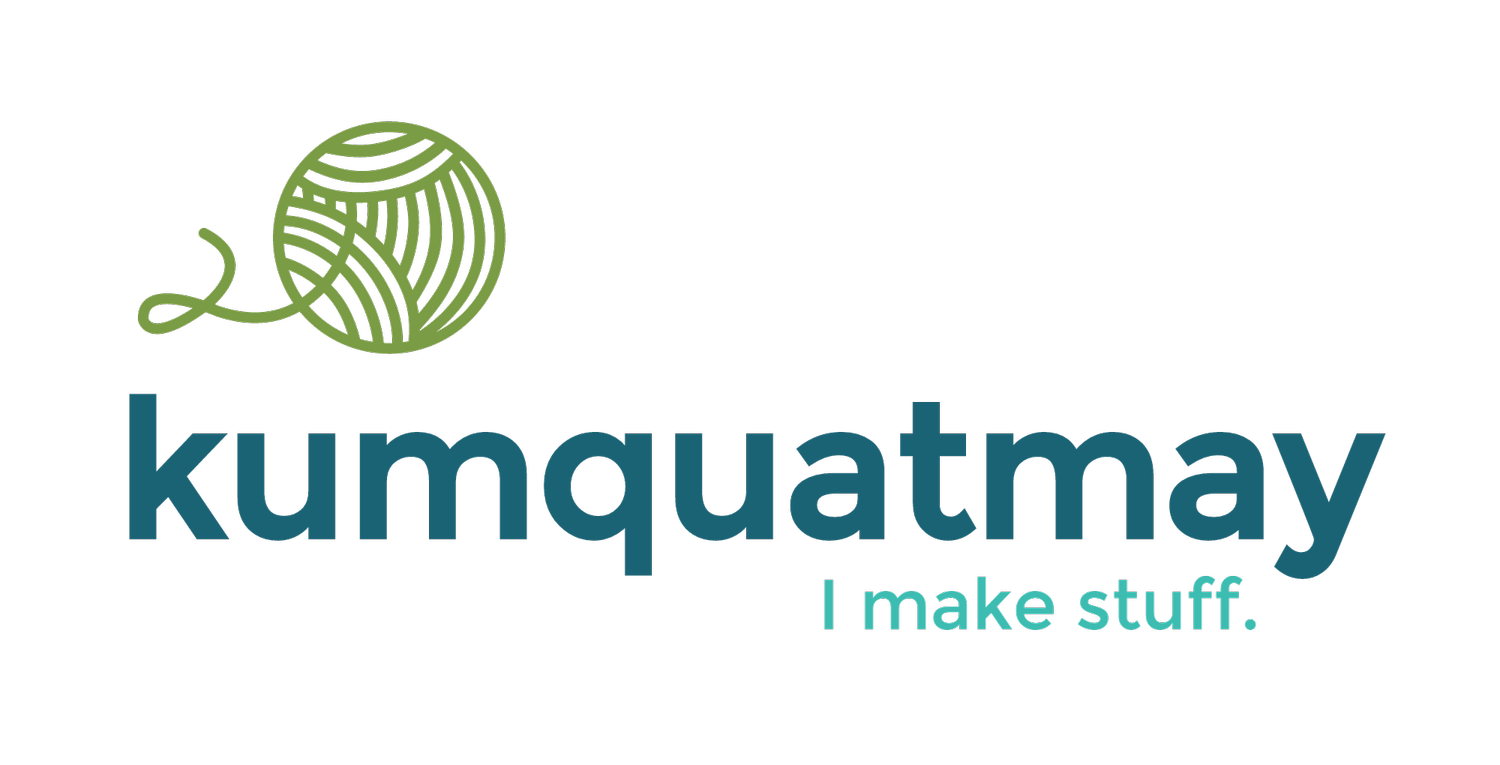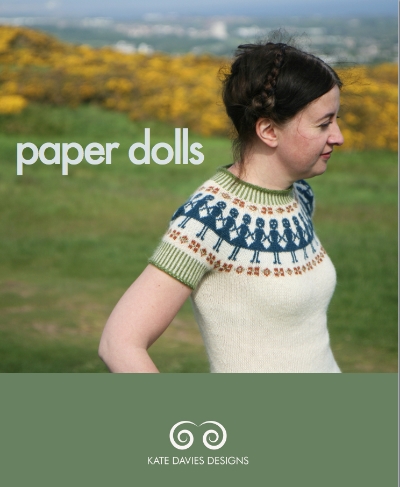secret sweaters
/Not really secret secret, at least not now, because they are now in the hands of the recipients, but behold the last minute matching-but-not-matching-at-all fraternal sister sweaters...
So last week I realized that there were two little girls in my sphere who were sorely lacking in handknits. And I had 4 skeins of Cascade 220 wool--a dark orangey pink and a lighter pink--that were just the right weight, yardage, and colors for two matching but not fully matching sweaters. Oh and I had under a week to make them because the little girls are not local, and I'd be seeing them around Thanksgiving.
I'm awfully prone to this last minute OH SHIT LET ME MAKE SOMETHING gifting/crafting. I very nearly decided last week to attempt to bust out a handmade felt advent calendar for the littlest little, but then after a few delirious hours of sketching 24 small Christmassy items, I finally gave up on it.
But anyway. Because I am not crazy, I started with the baby version. And because I am crazy, I decided to draft my own pattern. So voila, the tiny sister of the duo, with a seven spoke yoke (in retrospect, a round yoke would have been better), and twisted 1x1 rib edging tipped in the contrasting color.
please ignore the shadow of me taking the picture in the lower left corner.
That was two nights work, if that. God love baby sweaters in worsted weight yarn. And busting out the two sleeves at the same time on two circulars. And so while that one sat on my heating vent drying after being washed, I started on her big sister.
This one is because I'm crazy. I drafted my own pattern again, but this one was round yoke, colorwork (cribbed the chart for the yoke from the lovely Iðunn and tweaked the decreases a bit to suit the yoke depth)
And because it's colorwork, after the ribbing, I cast on a few stitches for a steek and worked in the round. For the non-knitters, steeking is where you knit the sweater in the round, then cut down the front and pick up bands afterwards. All very easy to write. A bit harder to man up for when you actually have scissors to fabric.
pre cutting.
I asked JBB to take a picture of me cutting, and instead he took a video. So now you can see me cutting the steek stitches from the inside of the sweater with the super sharp embroidery scissors while watching House Hunters on HGTV in my messy messy living room with super messy hair.
I wound up tacking down the steek stitches/facing after picking up and working the buttonbands. If it had been for a grown up, I probably would have just left them to felt into the body a bit, but since it's for a little kid, safer to tack that down.
tacked and just waiting on the buttons.
All the numbers and other nerdy knitting details here, at Ravelry.






